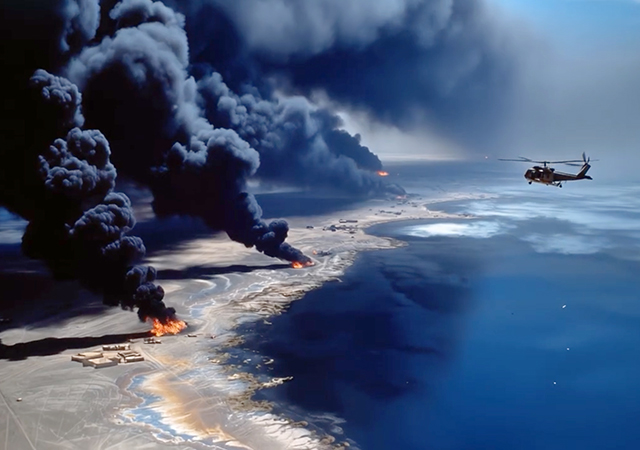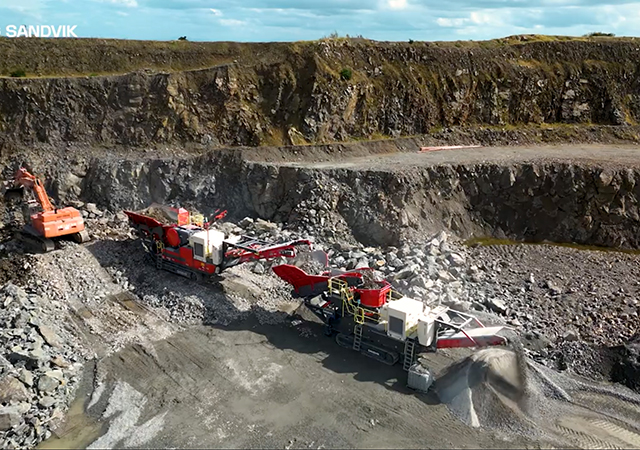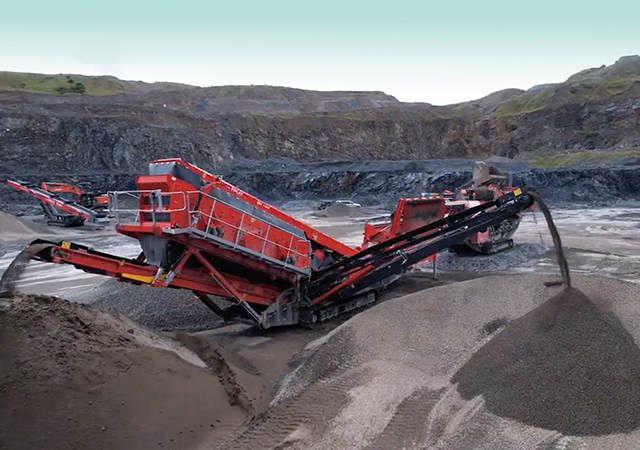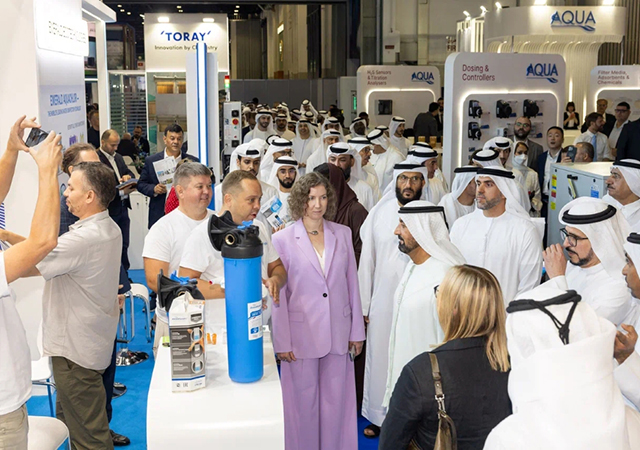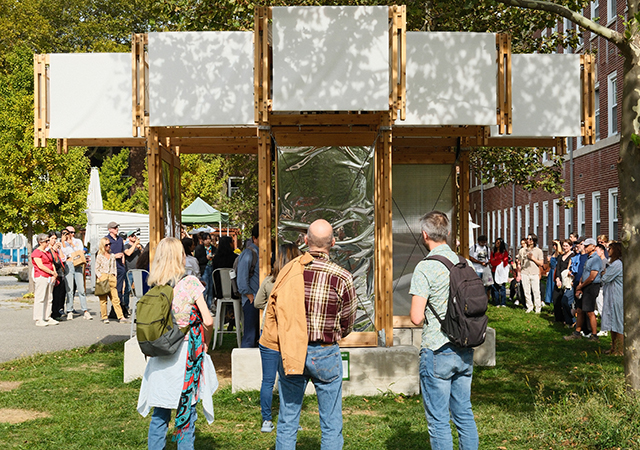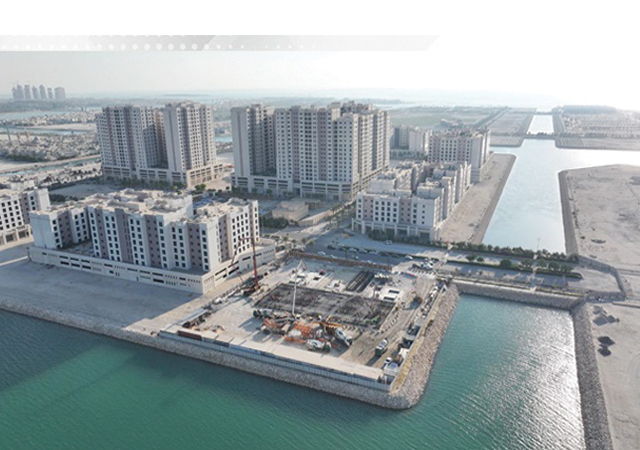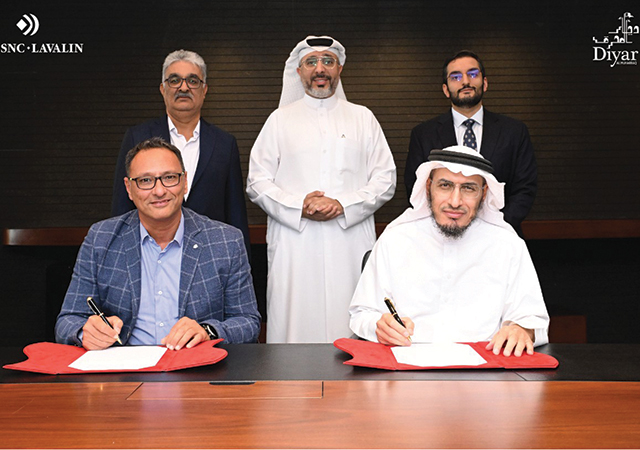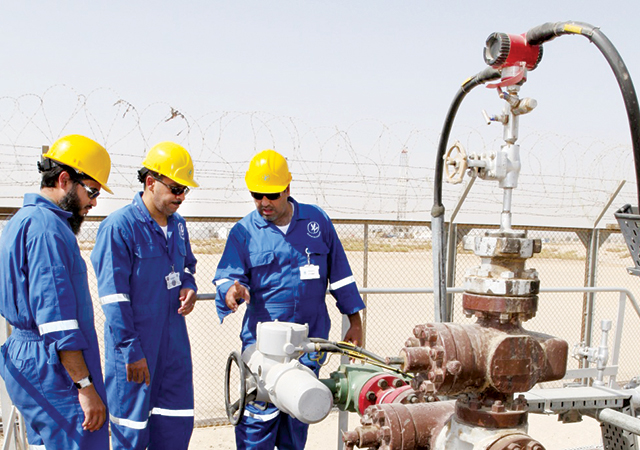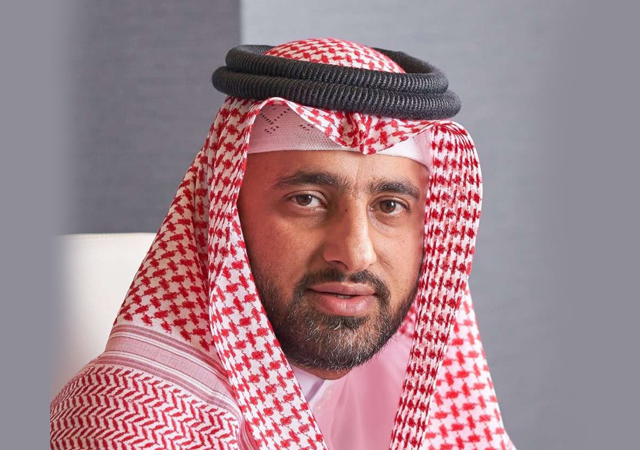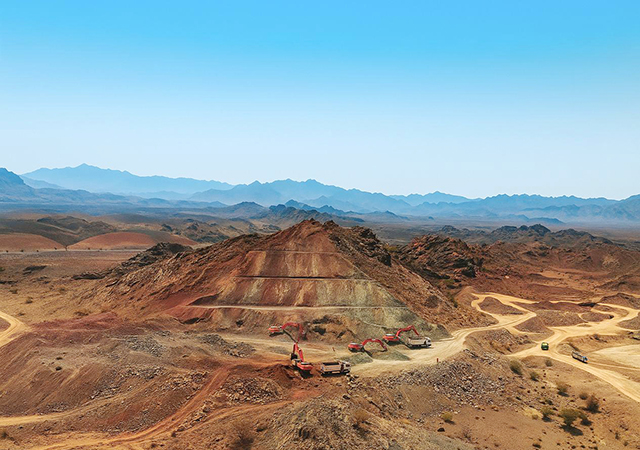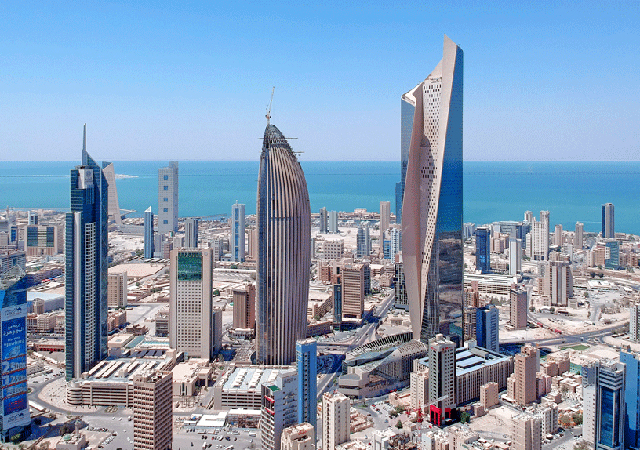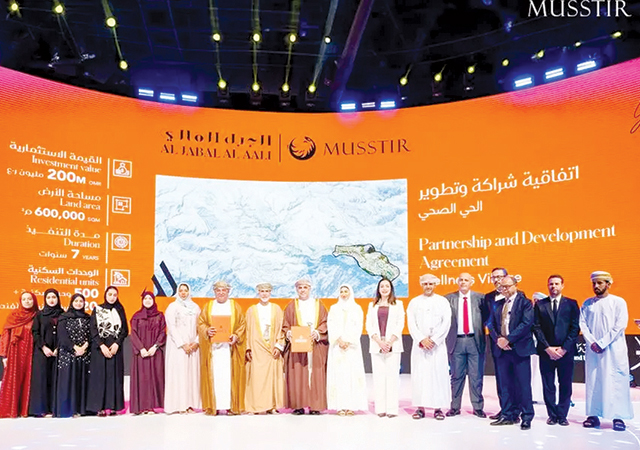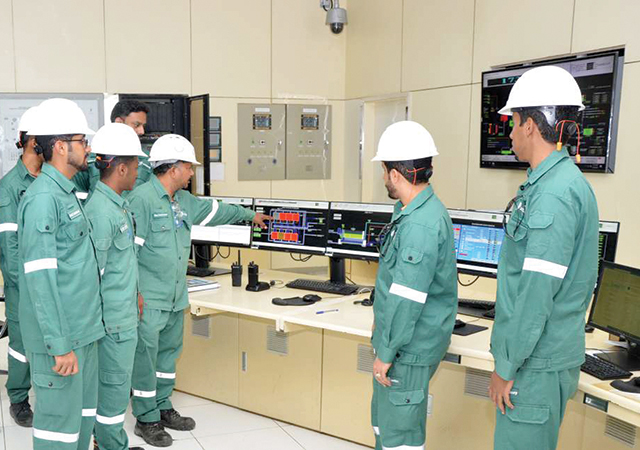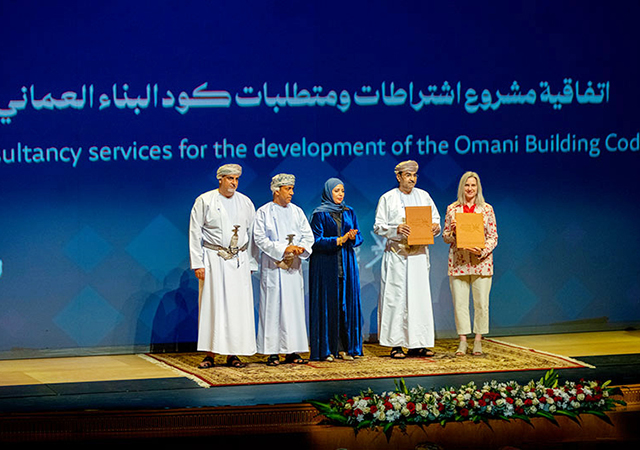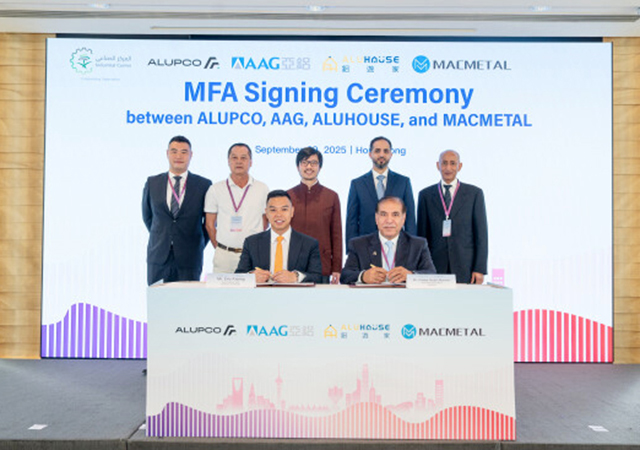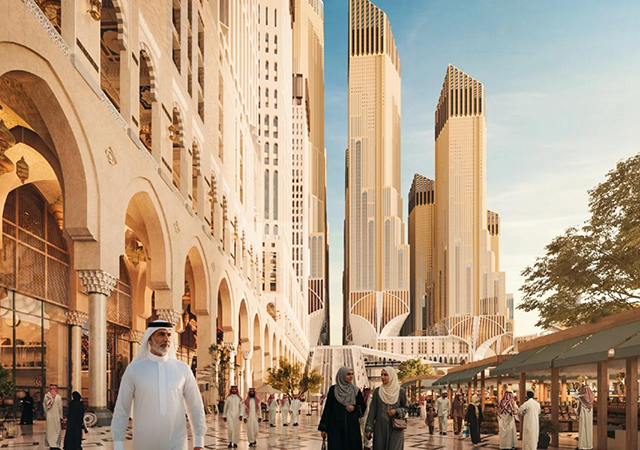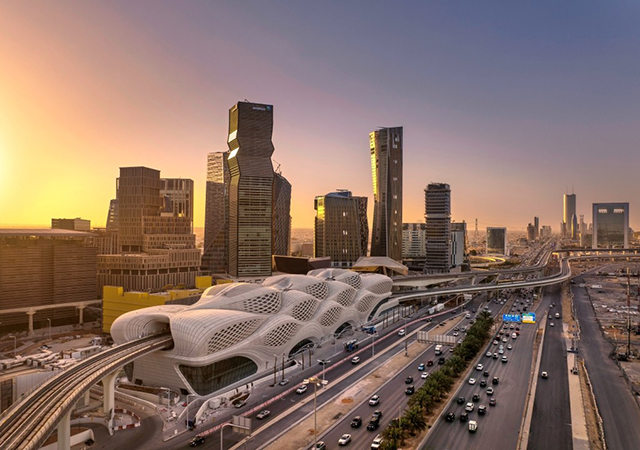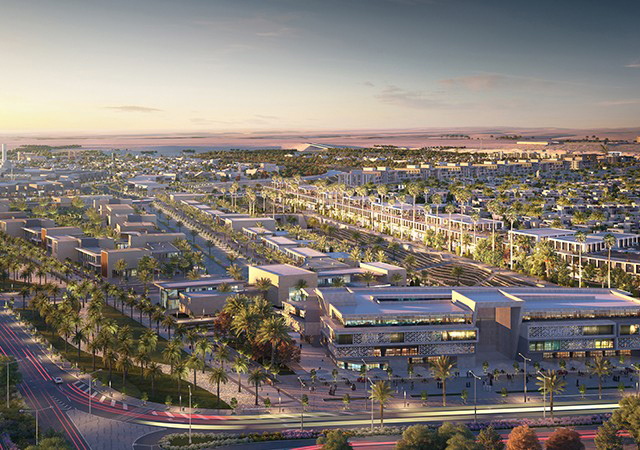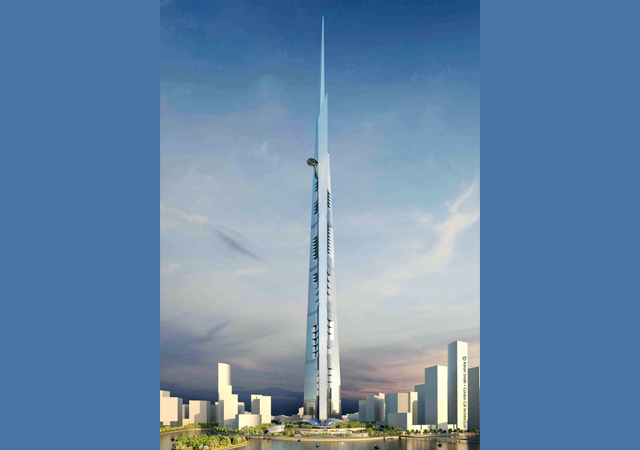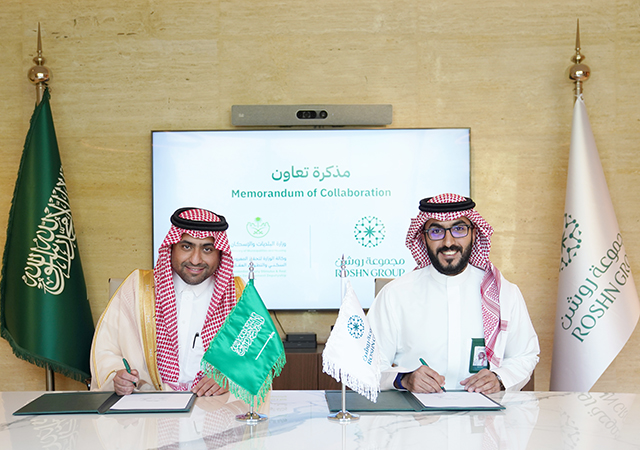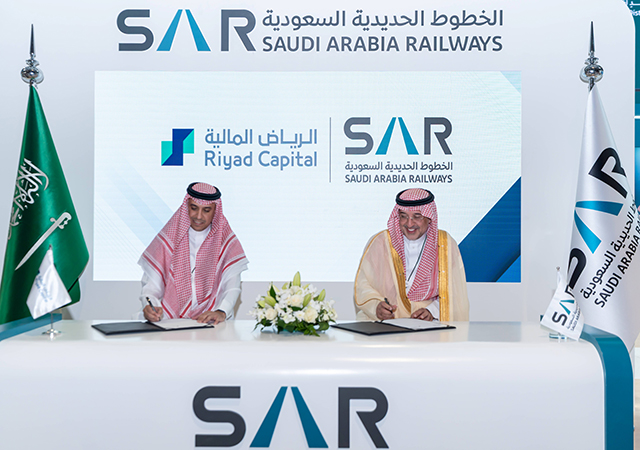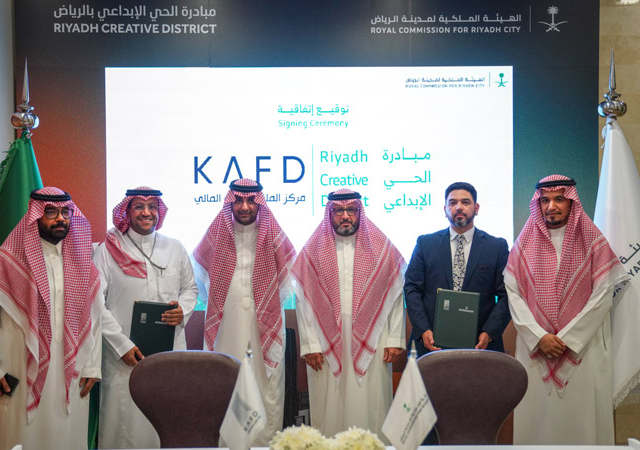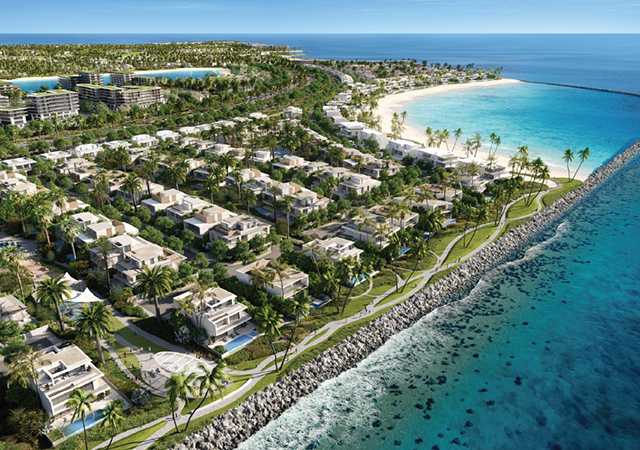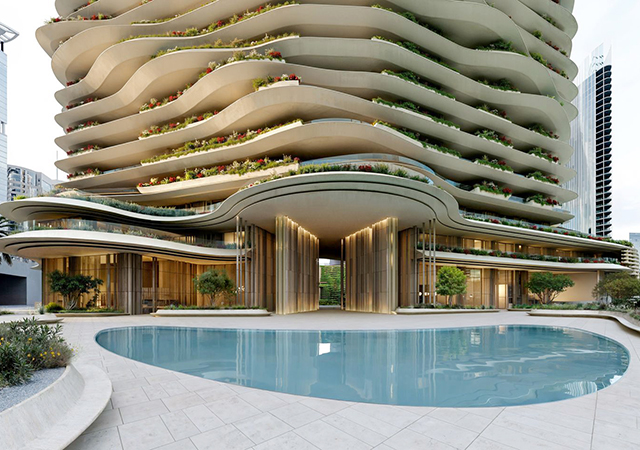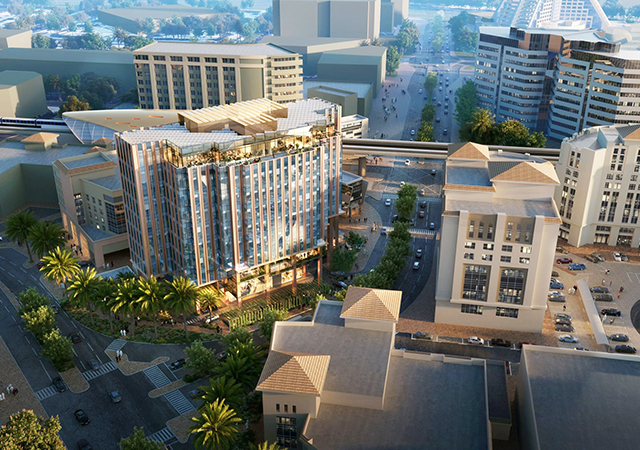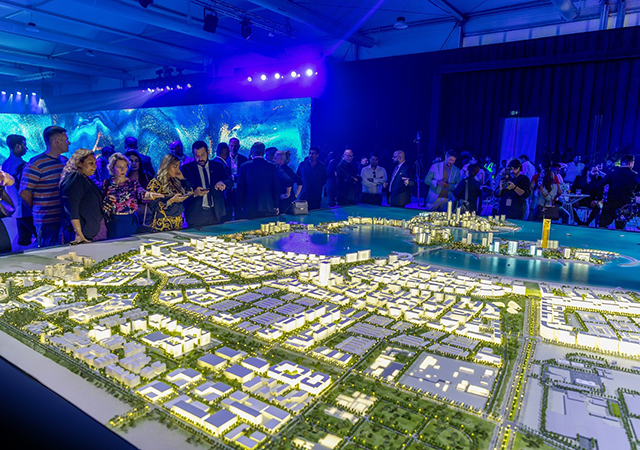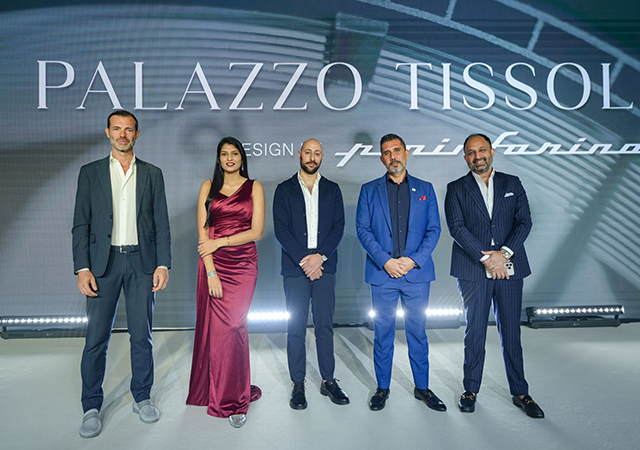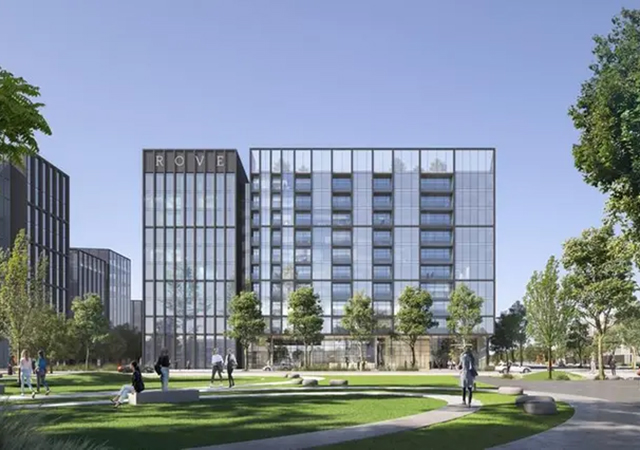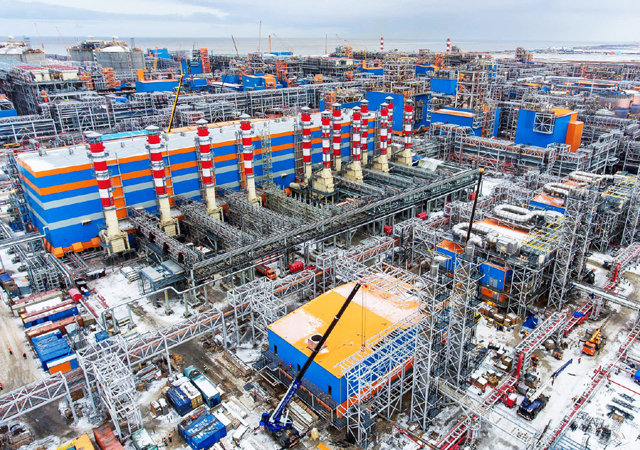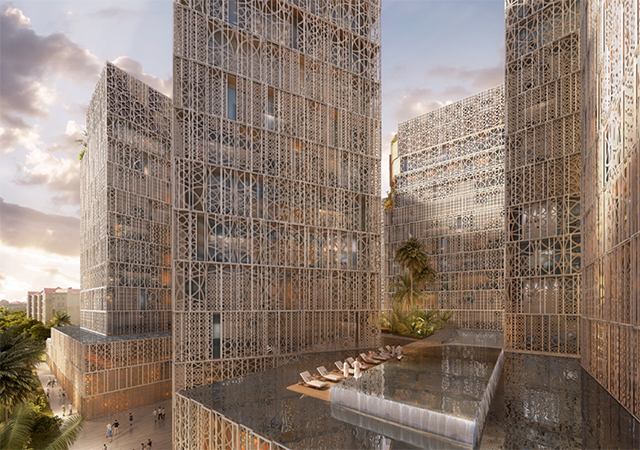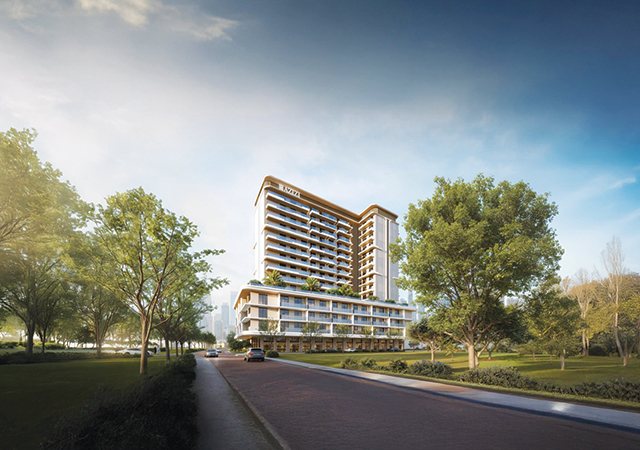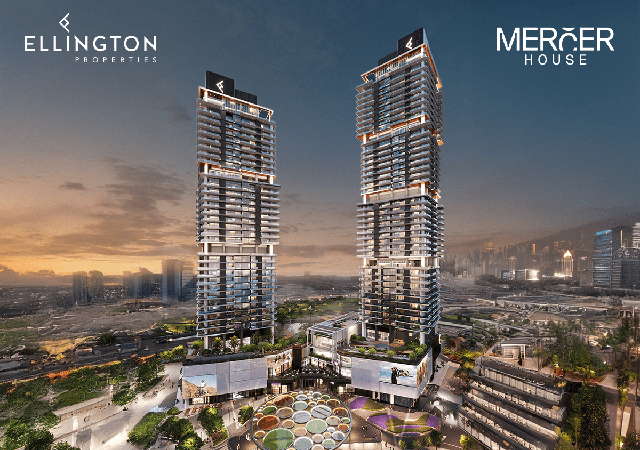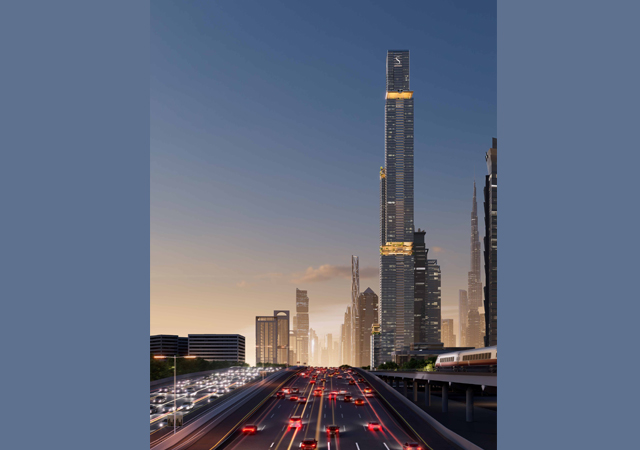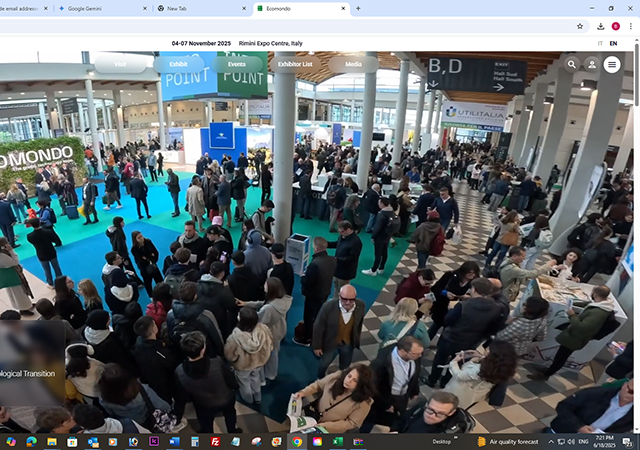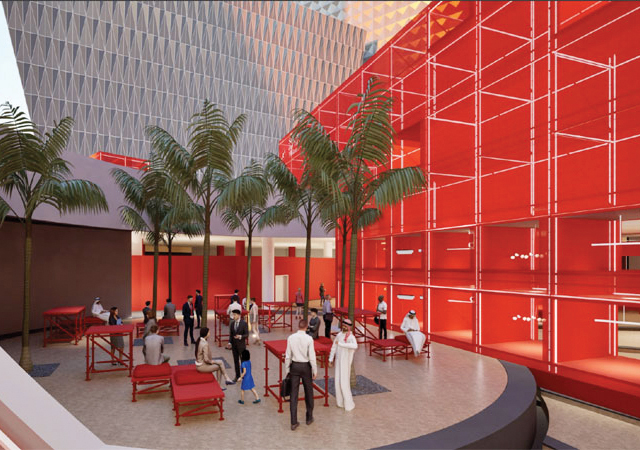
QBARA, a contemporary lifestyle restaurant, lounge and bar with an unmistakably Middle Eastern soul, opened its doors in Dubai, UAE, late last year.
Located in the heart of the city within the Wafi complex at Oud Metha, Qbara lies adjacent to the Raffles Dubai Hotel. The 13,000-sq-ft fine dining restaurant has been designed by Noriyoshi Muramatsu, one of Asia’s design leaders whose other creations include Zuma outlets in six countries. Qbara is his first foray into the contemporary Arabic theme.
“Qbara means ‘large and generous’ in Arabic. Spelt backwards, it sounds like ‘Arabic’ and this play with an ancient word represents our desire to depart from the confines of the traditional but stay within the realm of the authentic,” says Elmar Pichorner, chief operations officer of Jas Hospitality, a UAE-based hospitality and lifestyle development company.
Qbara’s cuisine and culture are true to original values but go further by embracing modernity and adding a full measure of passion, according to Pichorner.
“It brings to life the culinary vision of setting quintessentially authentic flavours into a contemporary, modern context. It presents dishes inspired by the great Levant, Middle Eastern and Moroccan cuisines, in a spectacular setting inspired by the opulence of yesteryear,” he adds.
 |
|
Qbara ... a contemporary lifestyle restaurant. |
Interiors
Qbara is spread lavishly over two floors that can host a maximum of 342 people. The ground floor features a circular elevated Moroccan restaurant with seating options for couples as well as for larger groups.
“The restaurant adjoins a vibrant bar area with communal high tables and the Crystal Lounge that overlooks the kitchen windows, adding drama and highlighting the culinary arts that are our key competence,” says Pichorner.
The upper floor offers a variety of comfortable lounge options spread across a partially private, multi-level balcony. It also houses three VIP majlises and a semi-enclosed VIP room with its own balcony that overlooks the bar.
Design
Muramatsu has designed Qbara to project a distinctly high-energy, sophisticated and fun ambiance.
At Qbara’s entrance, a script wall of cast bronze, manufactured by Phuket-based metal artist John Underwood, depicts poems and sayings about Qbara’s theme – food, entertainment and love of life.
 |
|
Muramatsu’s concept ... based on contemporary Mideast design. |
The focal design feature at Qbara is a two-storey vertical installation of 60 timber panels with Islamic carvings sourced from central Asia. Its motif is extended to suspended ceiling panels, the ground floor ceiling and upper floor wall panelling.
The ground floor restaurant area is surrounded by a curved glass wall symmetrically covered with carpet tiles that are mounted onto wave-shaped panels that present an illusion of flying carpets. An LCD projection of art in stunning detail and intensity is visible on the carved timber wall behind the main bar.
The upper floor looks like a stylish and contemporary suq with a finish of carved timber, Islamic fabric and carpet elements. The carpets are antique Afghani, dyed to a rusty orange-based colour. More than 1,100 light fittings bring Qbara’s intricate interiors to life. A chandelier with 658 individual strands of suspended mouth-blown glass bubbles, in diminishing sizes and colours (from amber to almost clear), and intricately lit by 60 LED (light emitting diodes) spots, is suspended on the central dome.
“Initially, we wanted to do a dome shape but later had to drop the idea because of the very high cost involved to construct one. Then Muramatsu came up with the idea of this chandelier, which is a massive piece – 4 m in diameter,” says Pichorner.
 |
|
Qbara’s interior areas ... high energy. |
The restaurant also features 21 different styles of tables.
Commenting on his inspiration for the project, Muramatsu says: “The design of Qbara is contemporary Arabic, not traditional. Since I am doing a couple of projects in the Middle East, I come here very often. There are many beautiful things in the region. I have looked at the history, the suqs and mosques.
“The restaurant design and decorations are my interpretation to all the beautiful things.”
“We started work on this project three years ago but the concept is something that had been going around in our head for longer than that. Opportunity started to arise when we saw the site. The Wafi complex was renovated a few years ago when it was decided to build the Raffles and the look of the place was externally changed to more traditional Arabic,” adds Pichorner.
About Muramatsu
Muramatsu heads Studio Glitt, one of Asia’s renowned architecture and design companies. The award-winning Tokyo-based designer is the creative force behind some of the most successful restaurants and commercial spaces in the Far and Middle East for over 10 years, including Zuma in six locations worldwide.



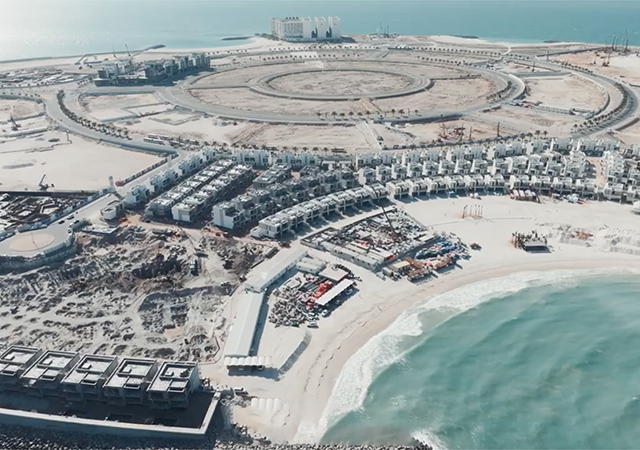


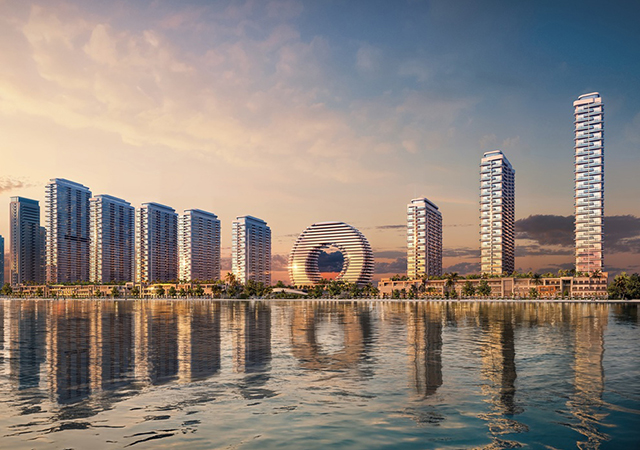
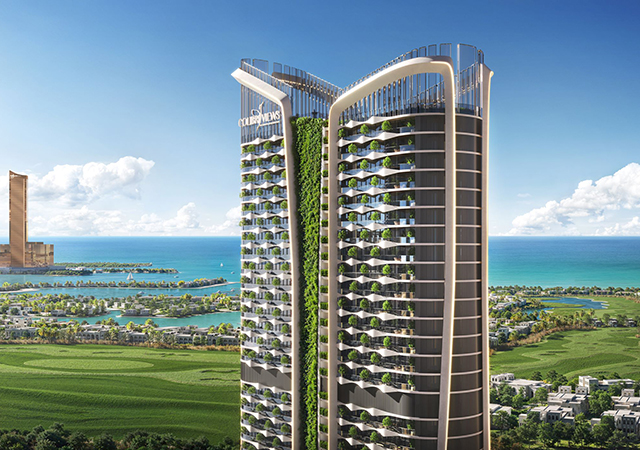
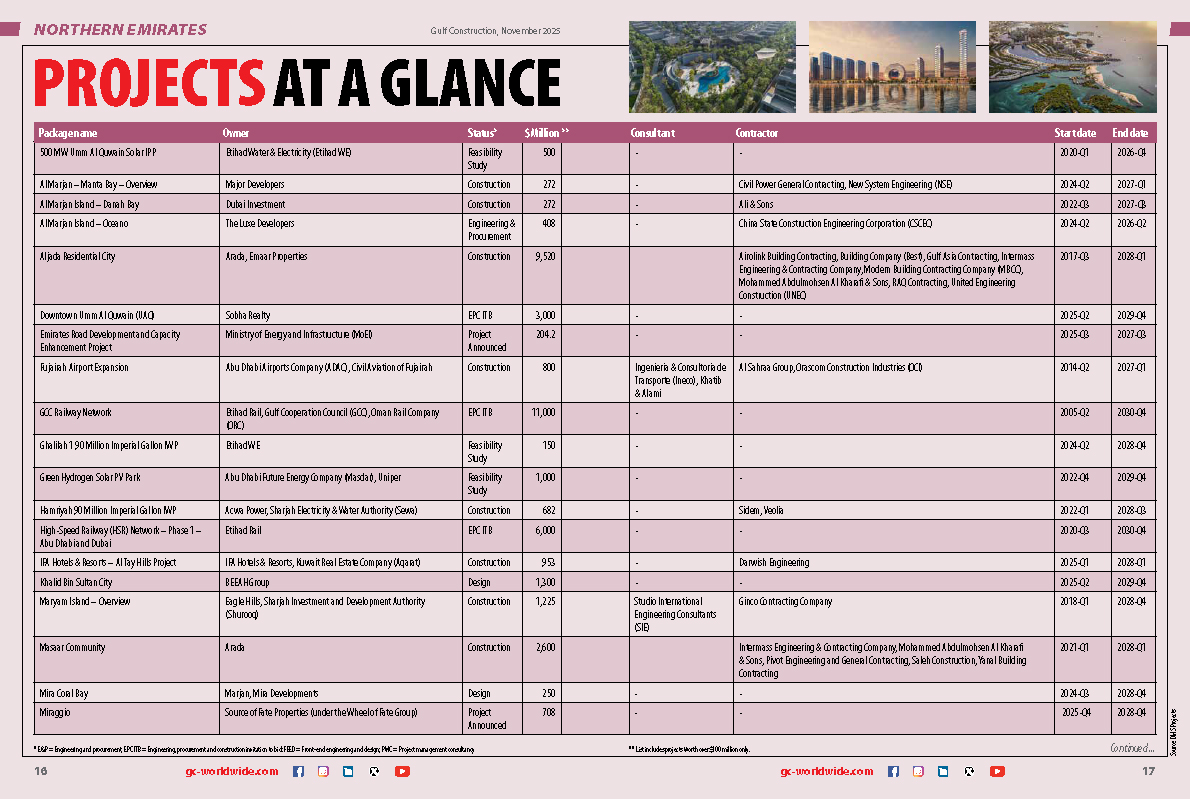

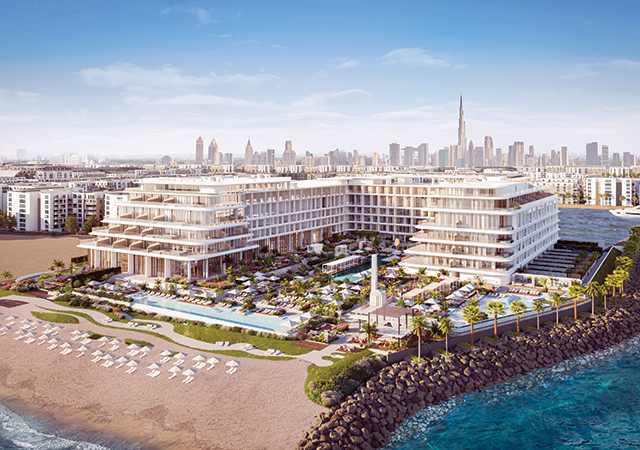
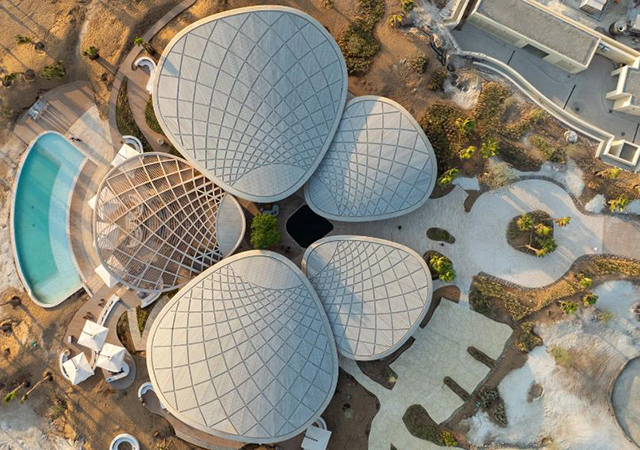

(5).jpg)


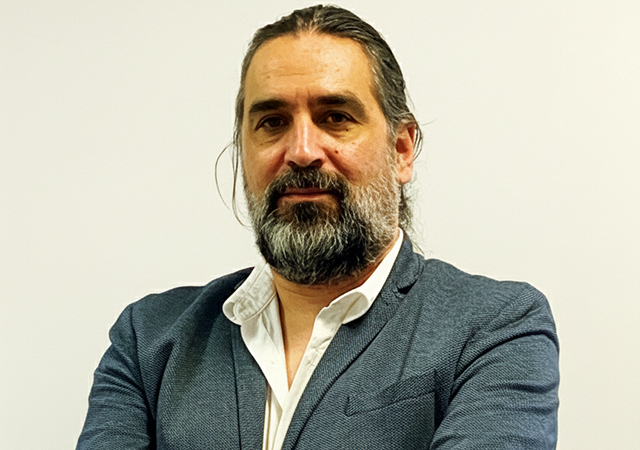
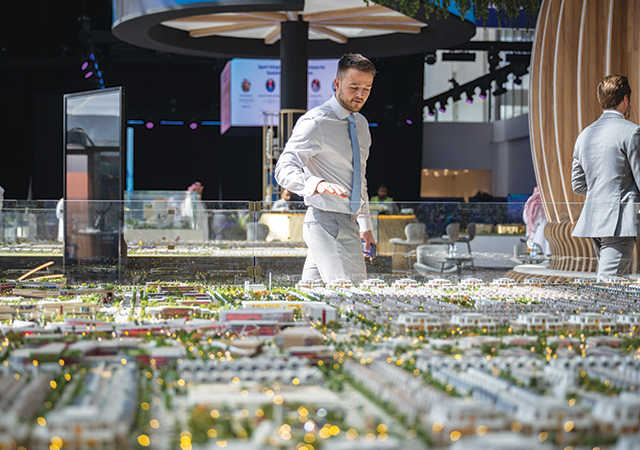
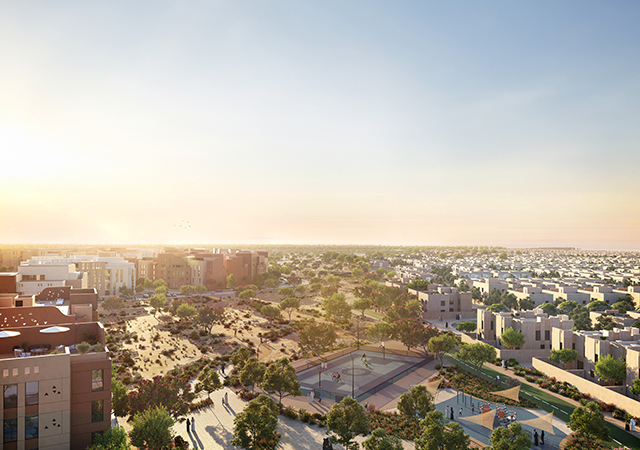
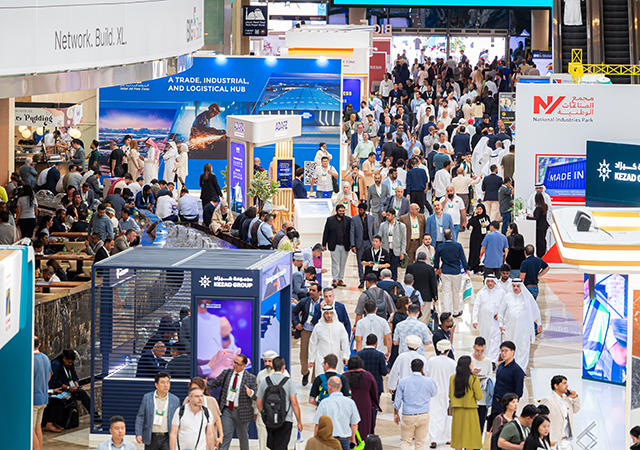
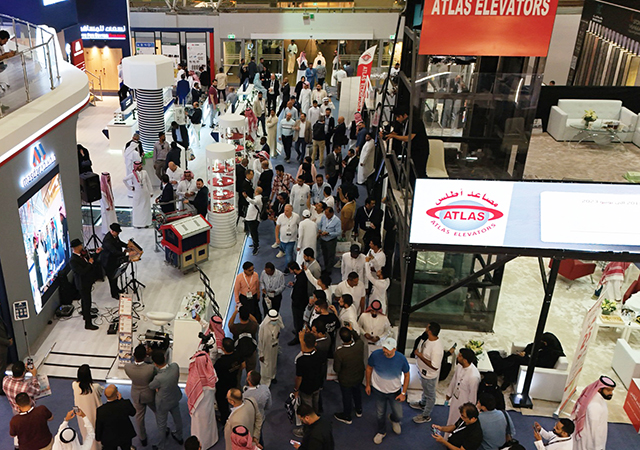
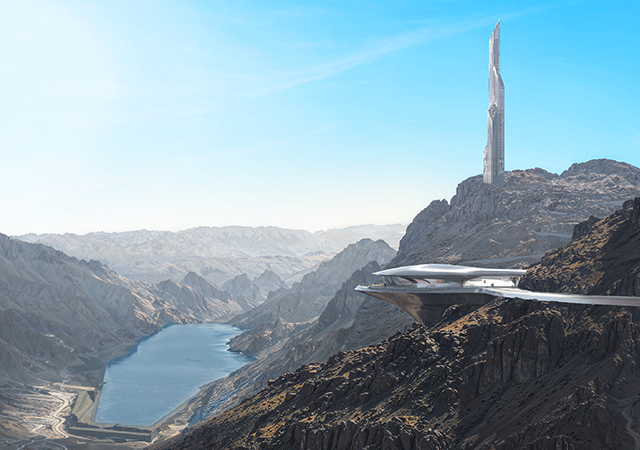
.jpg)


